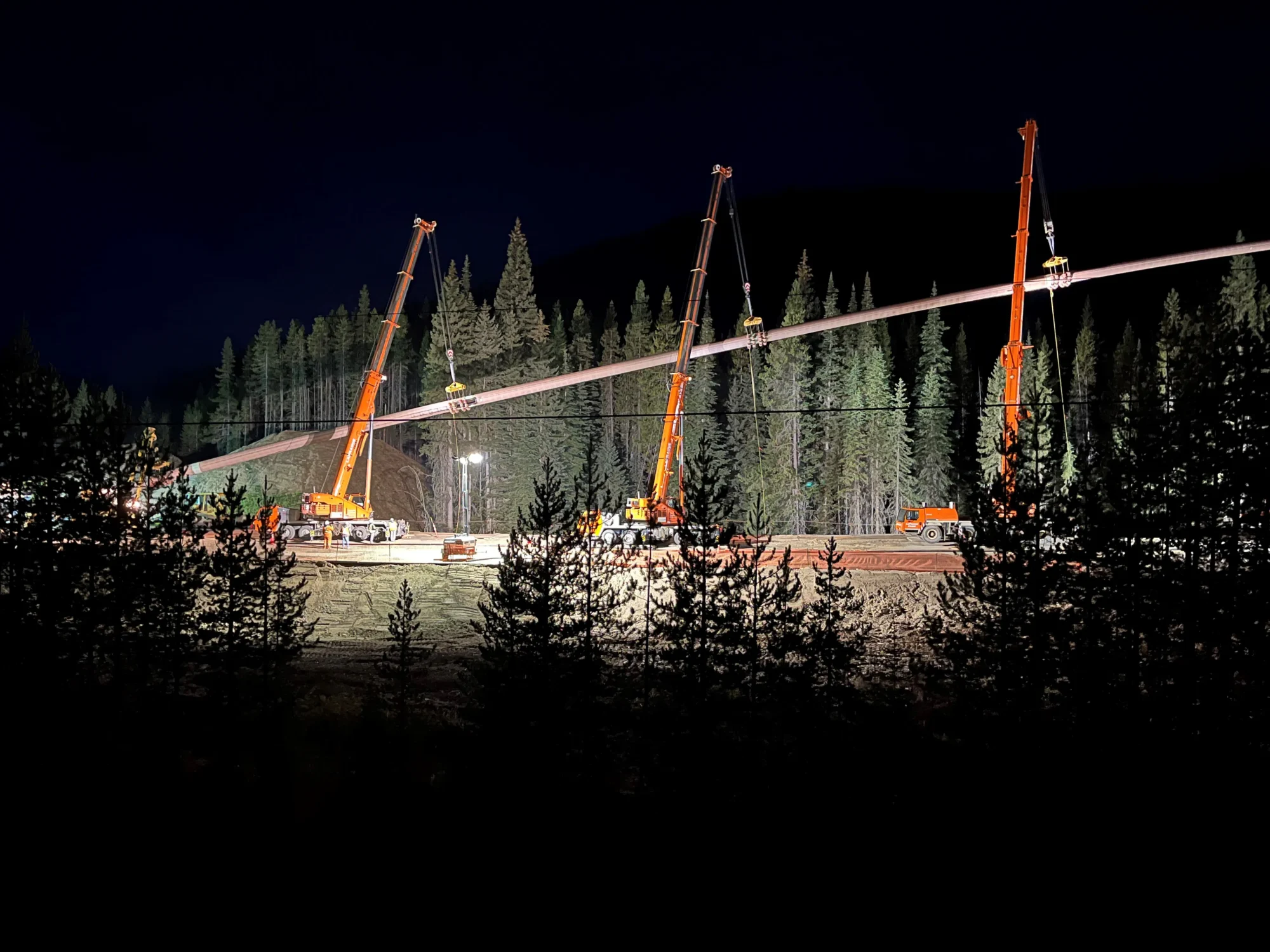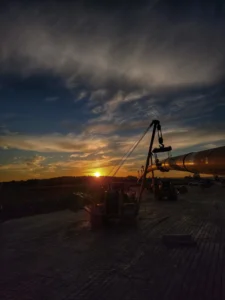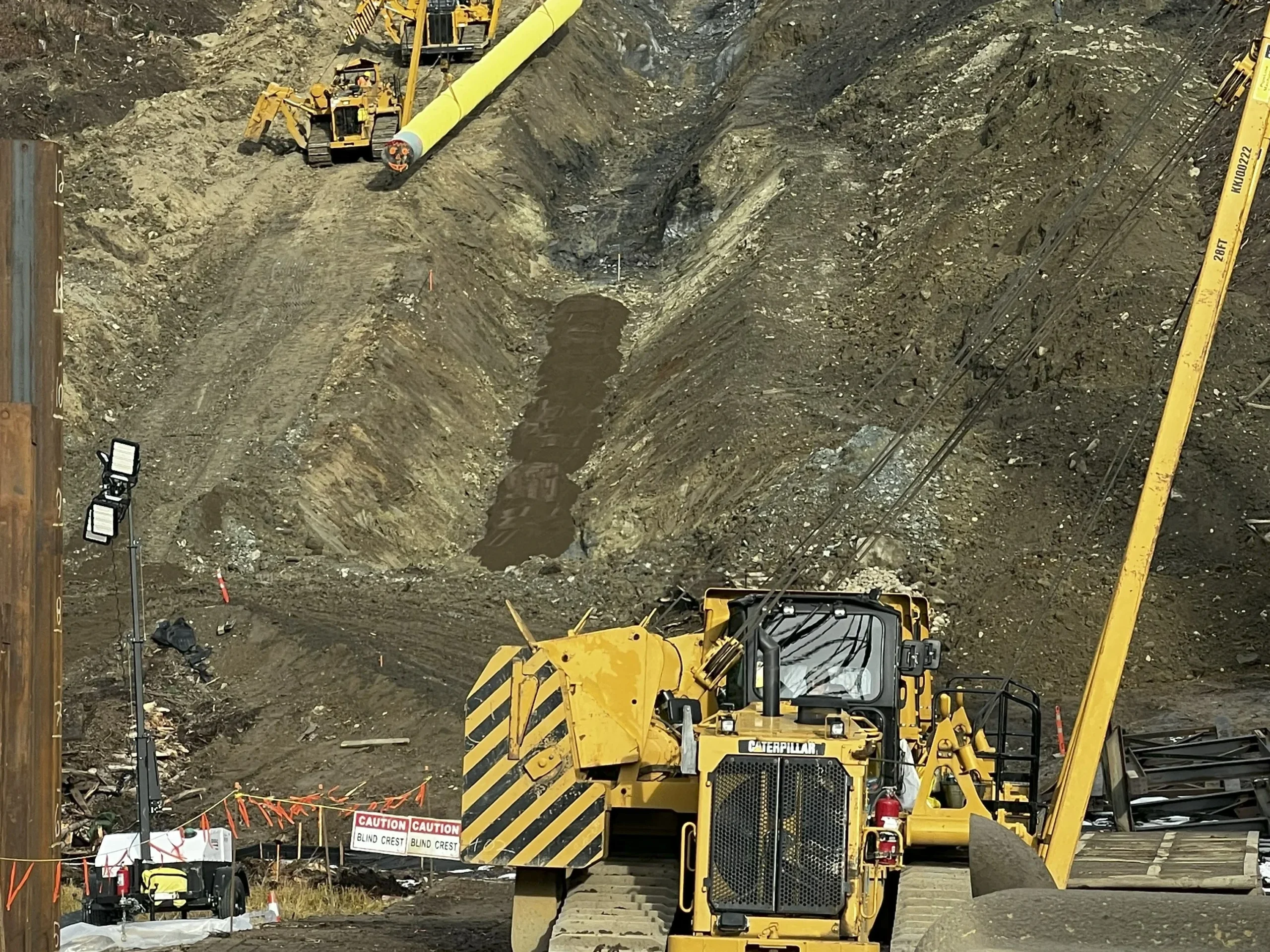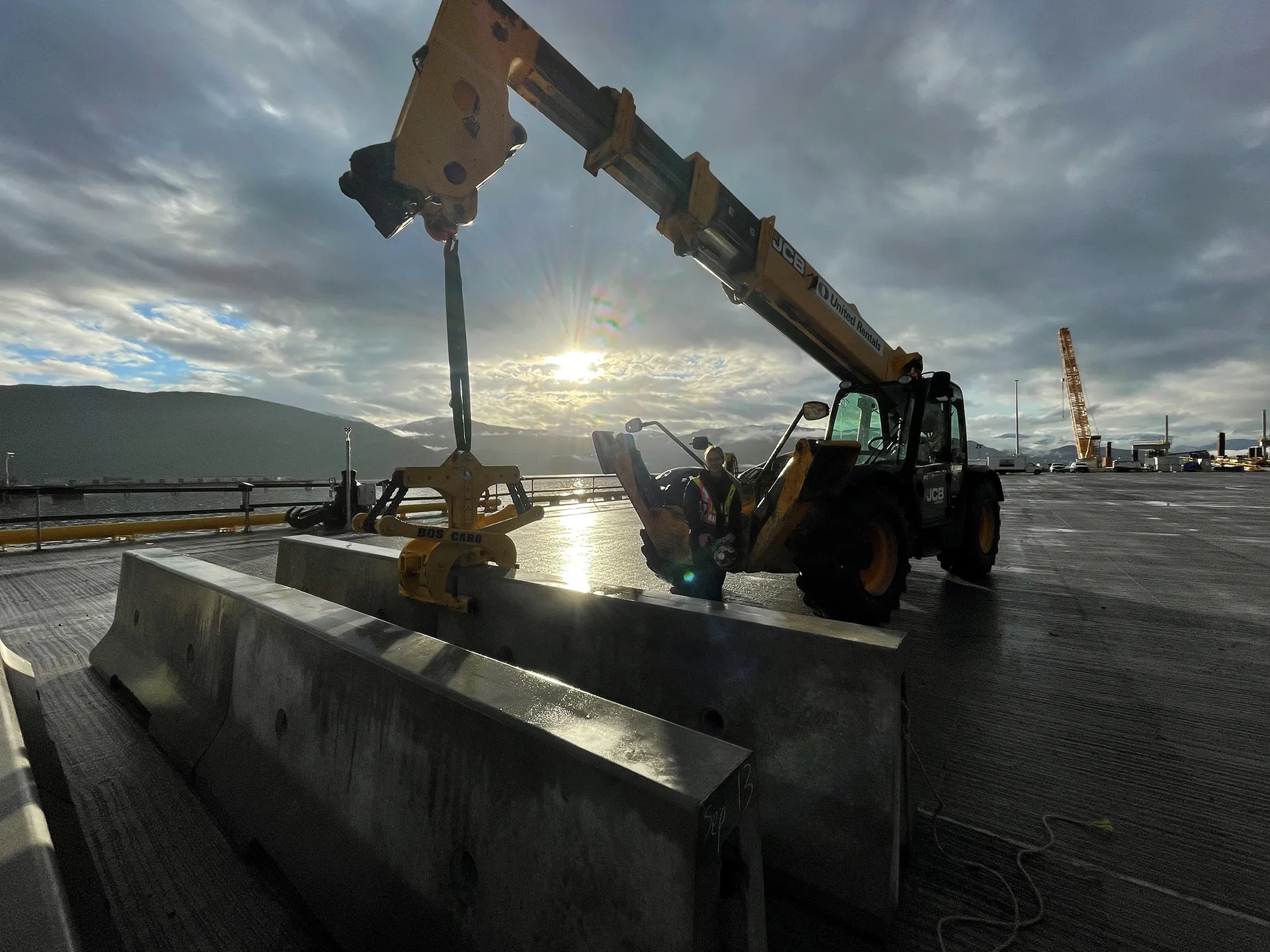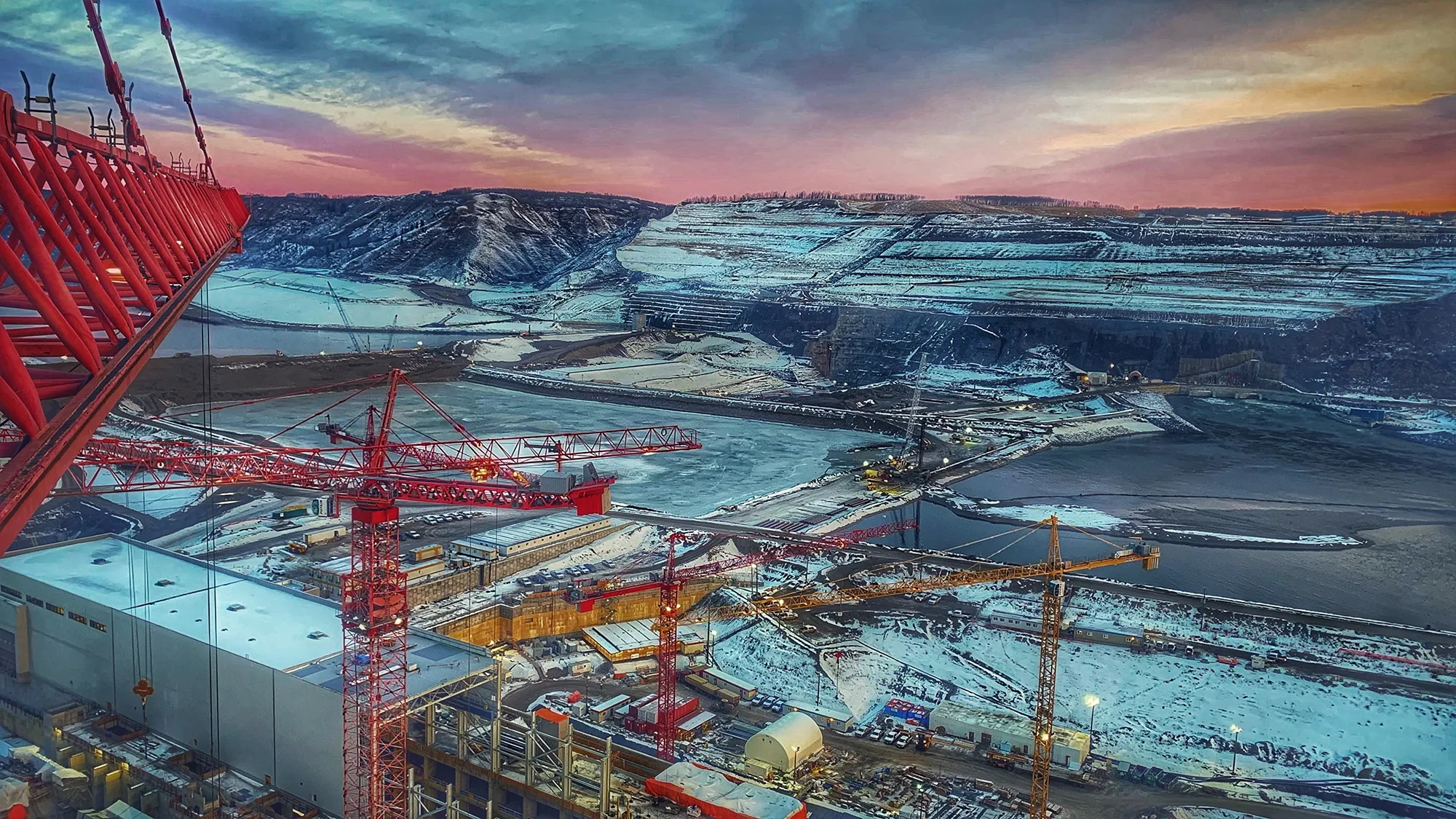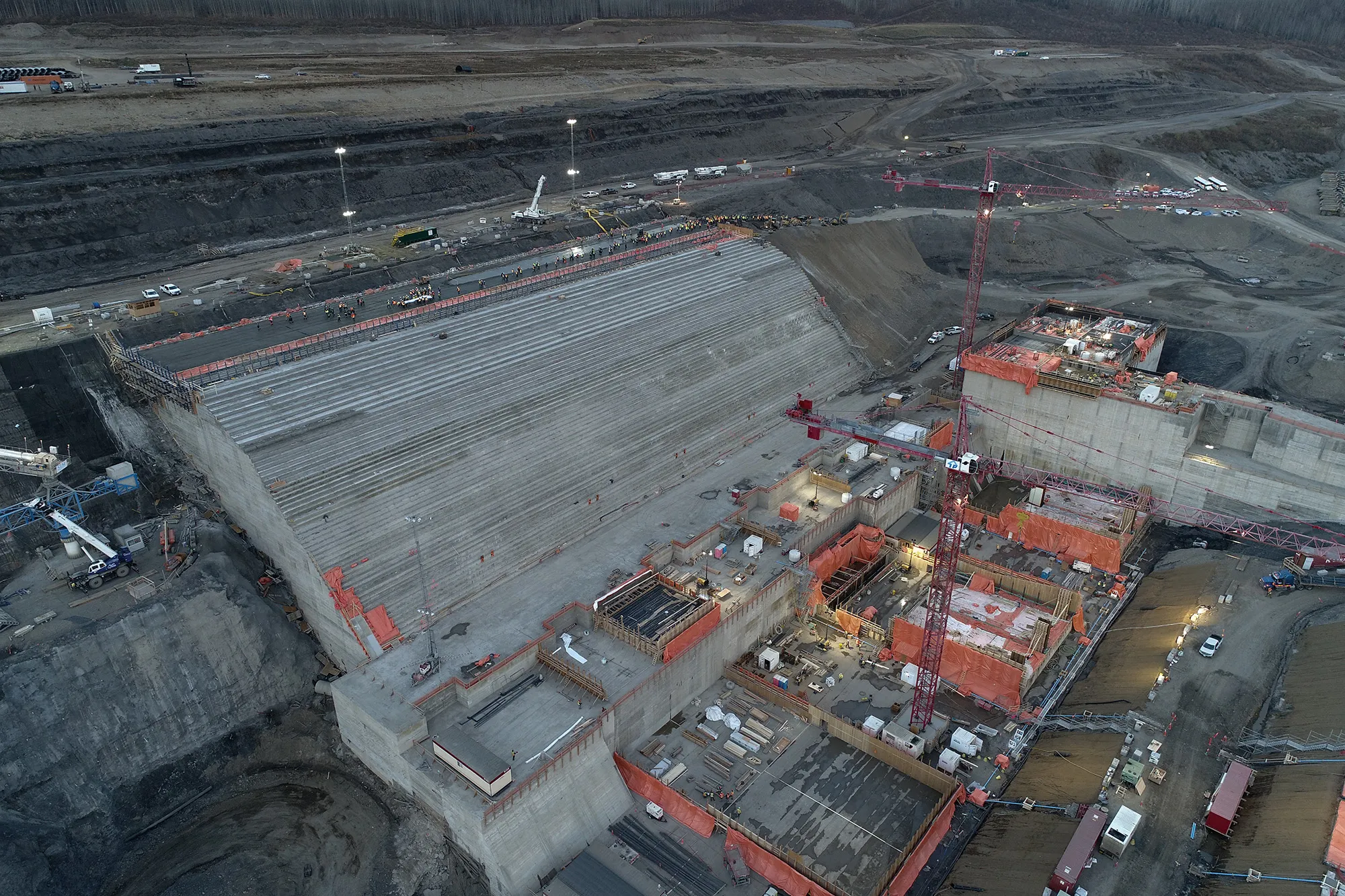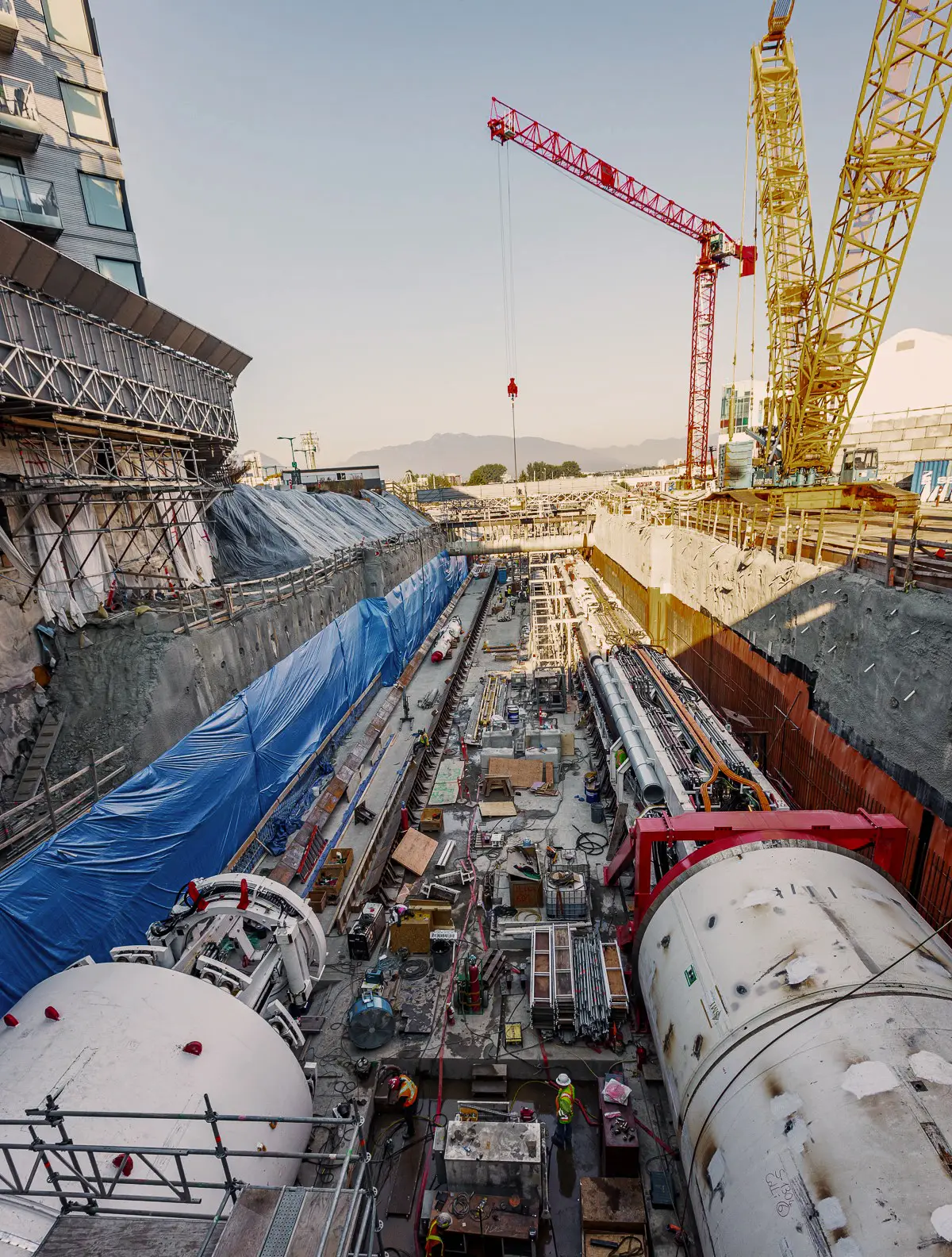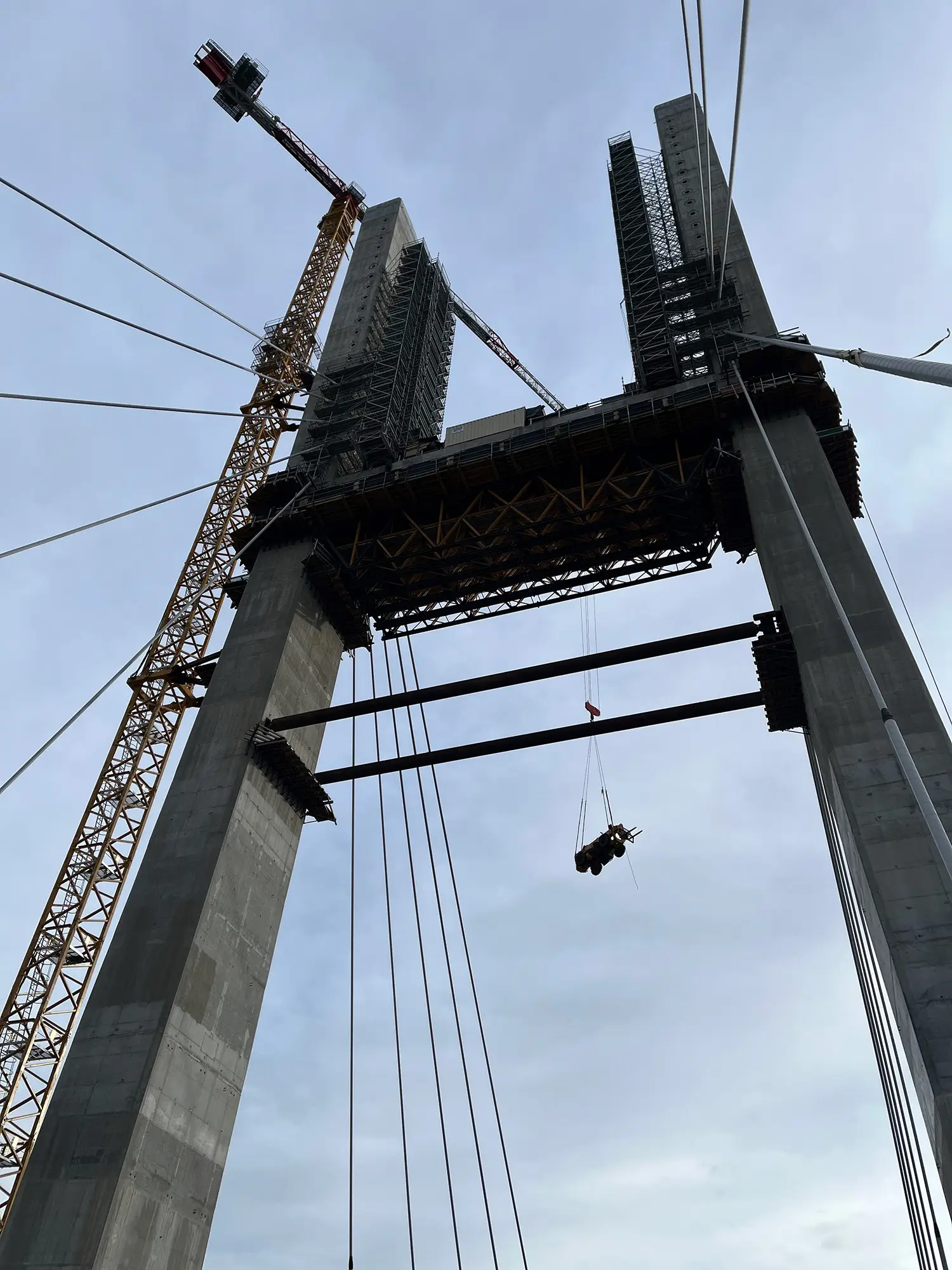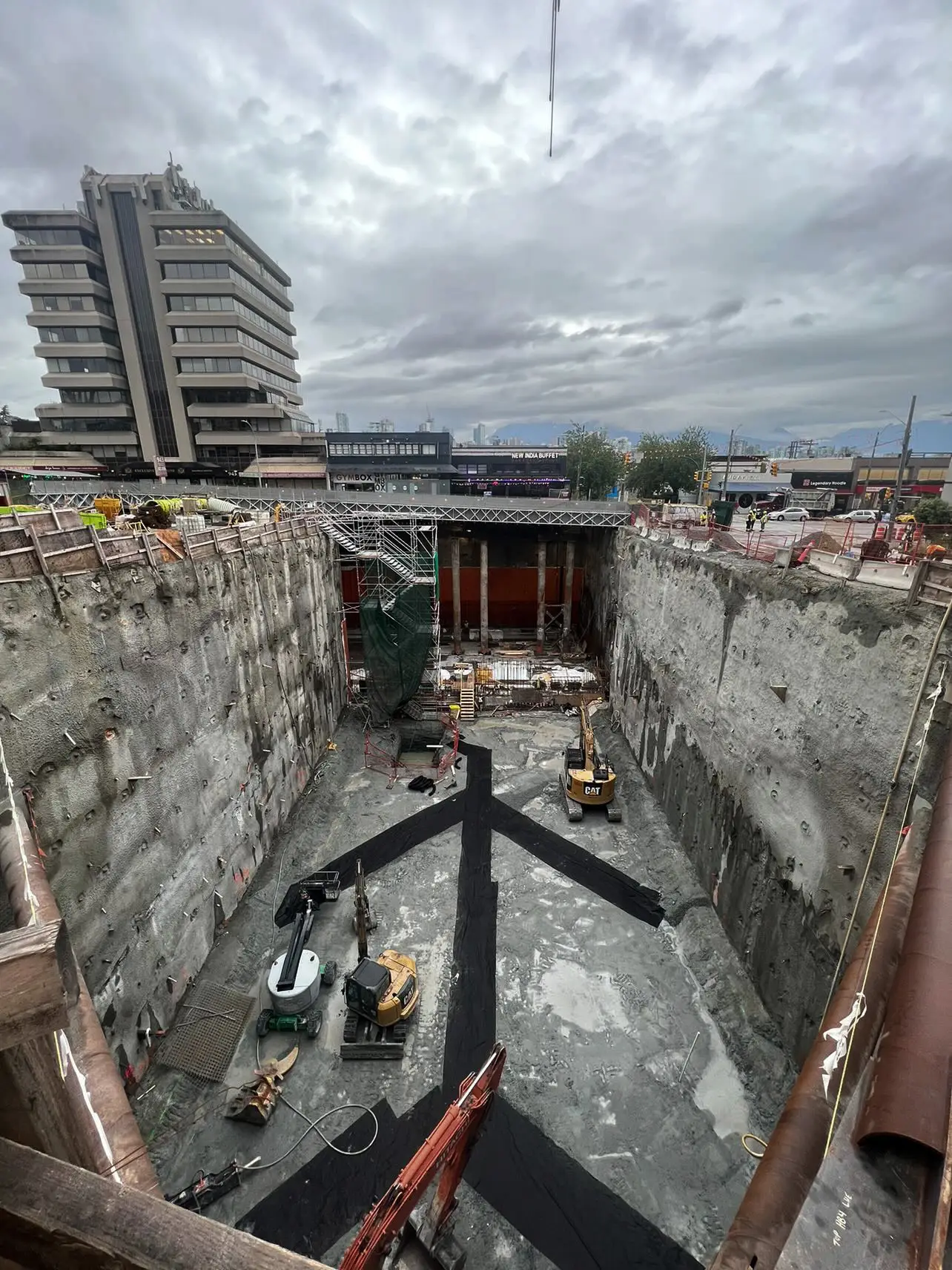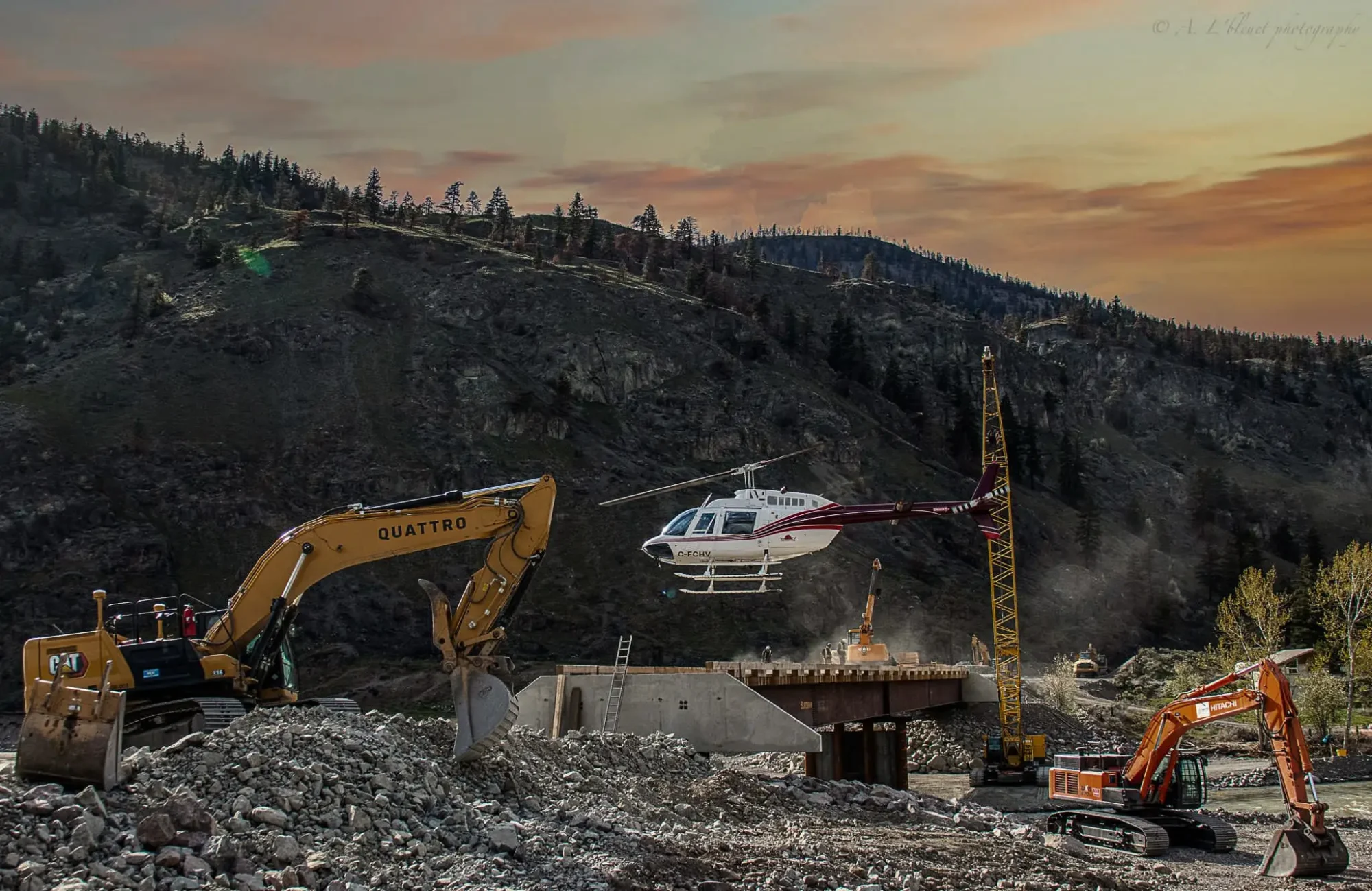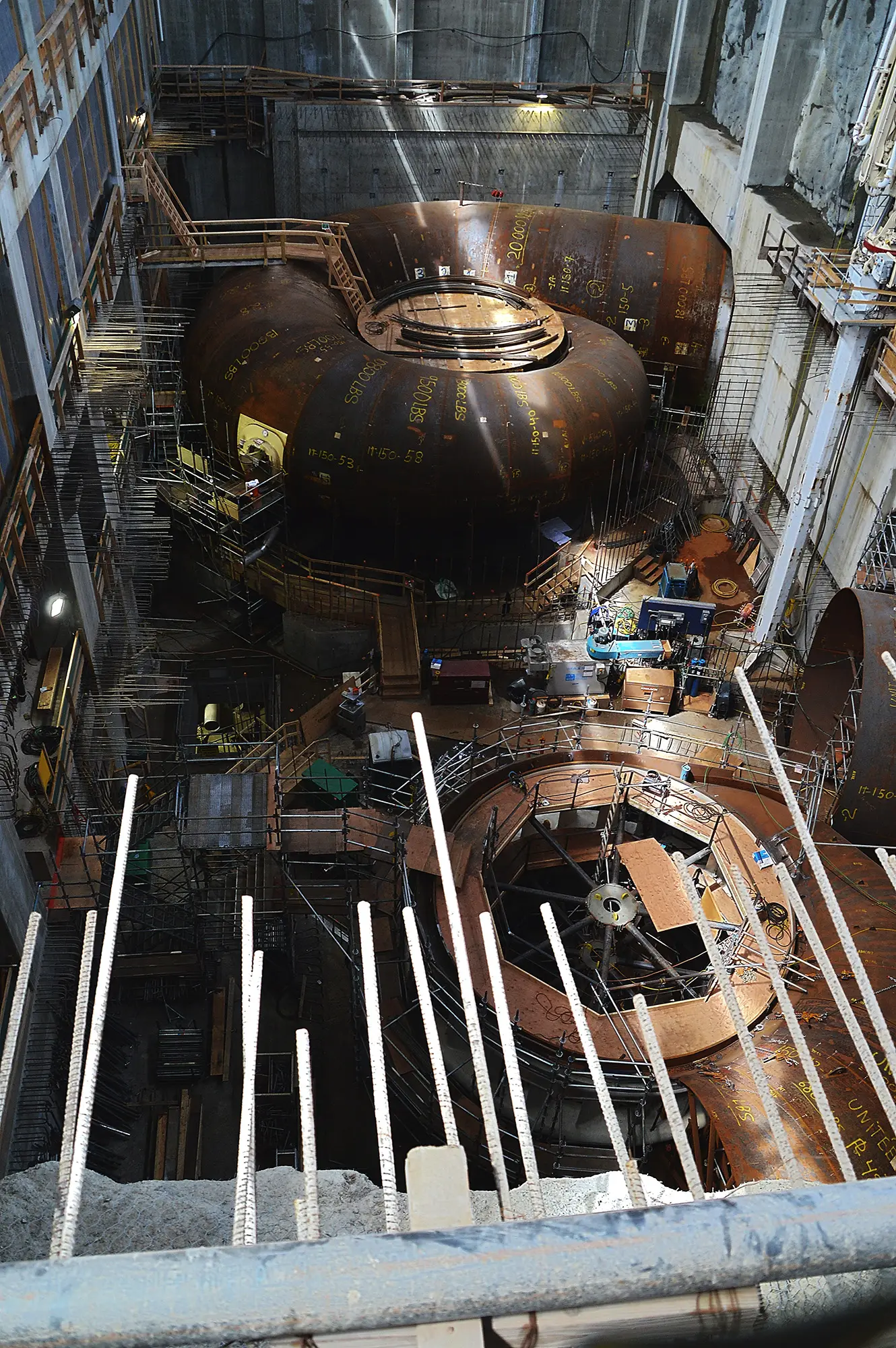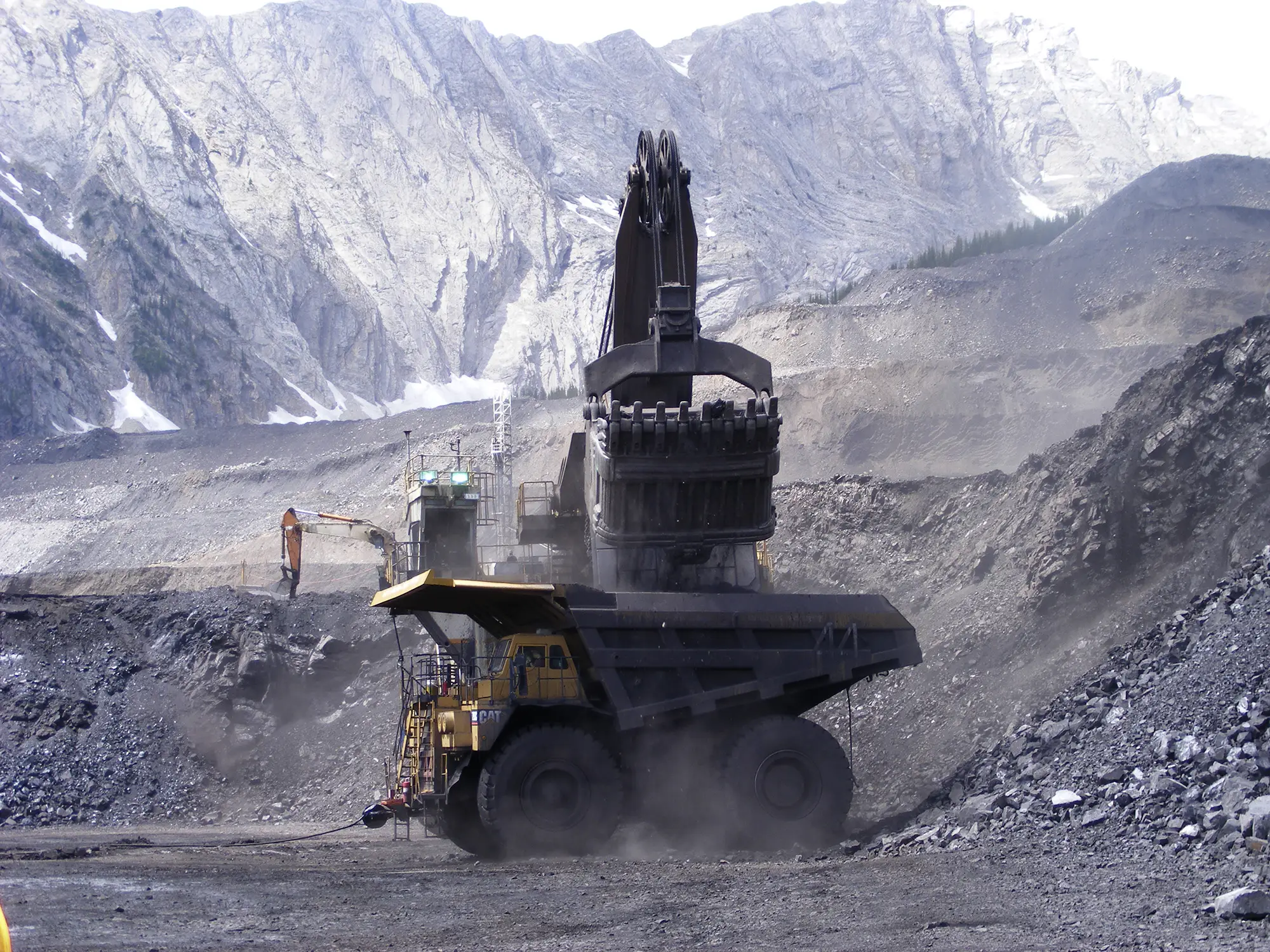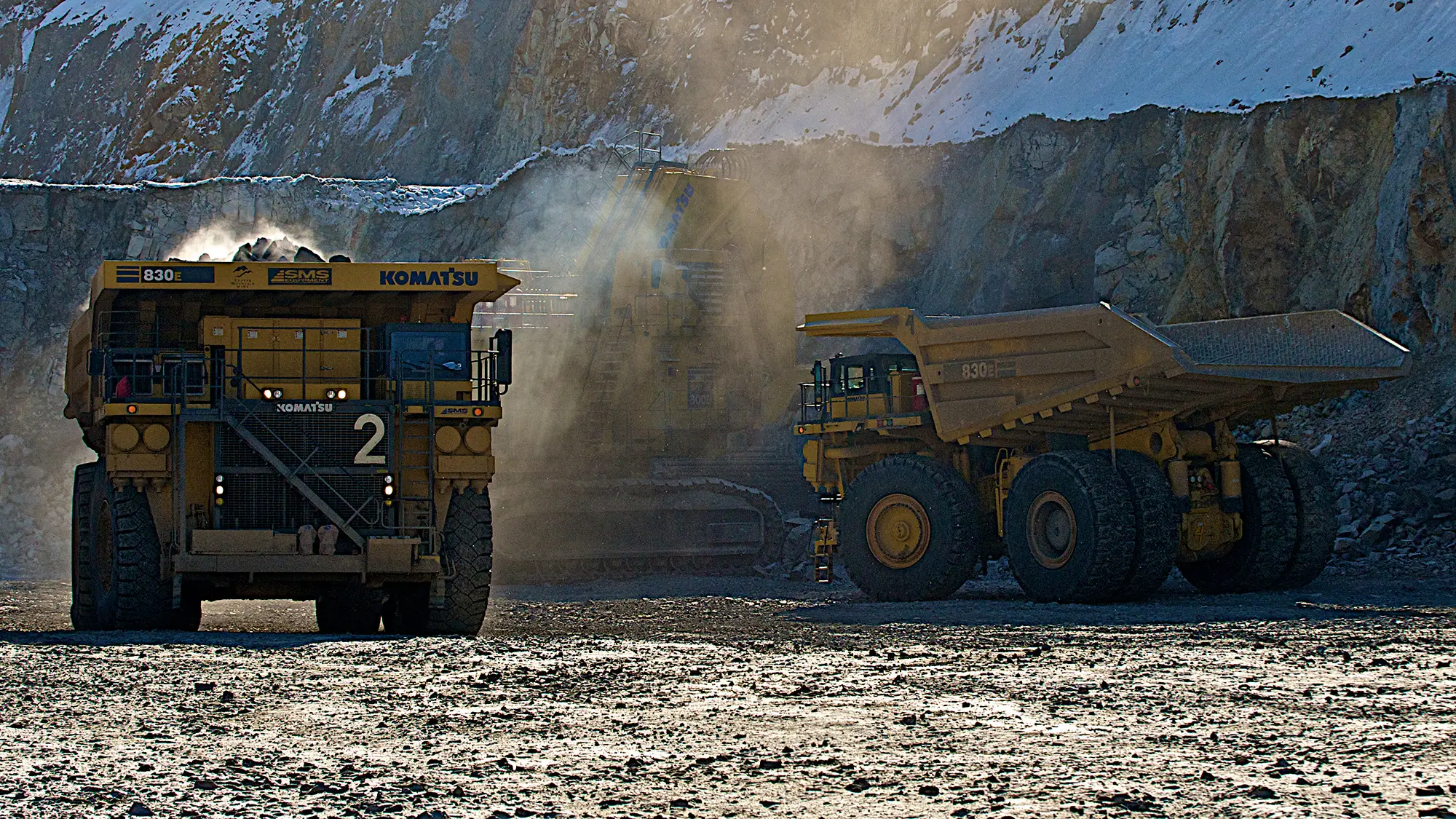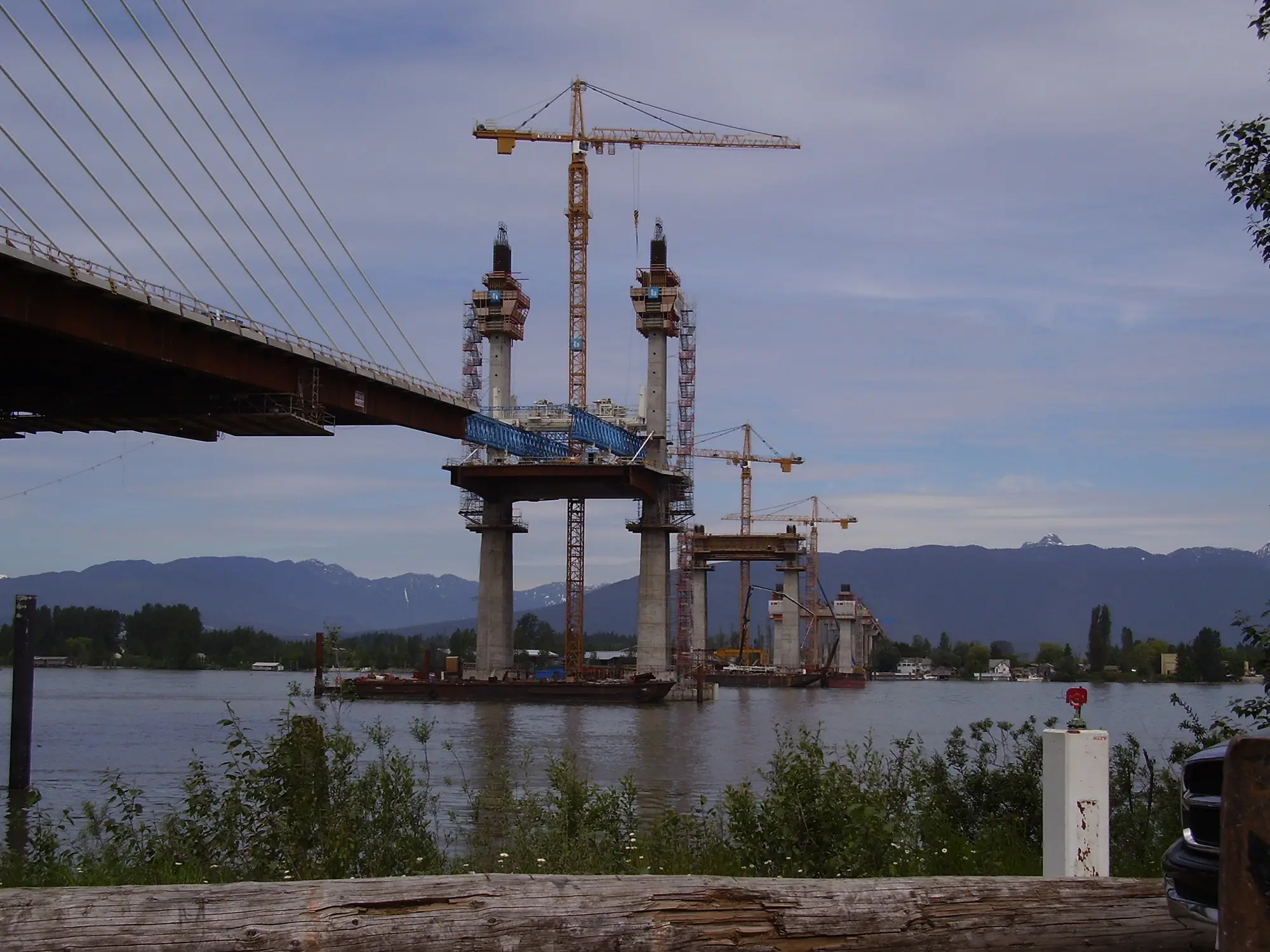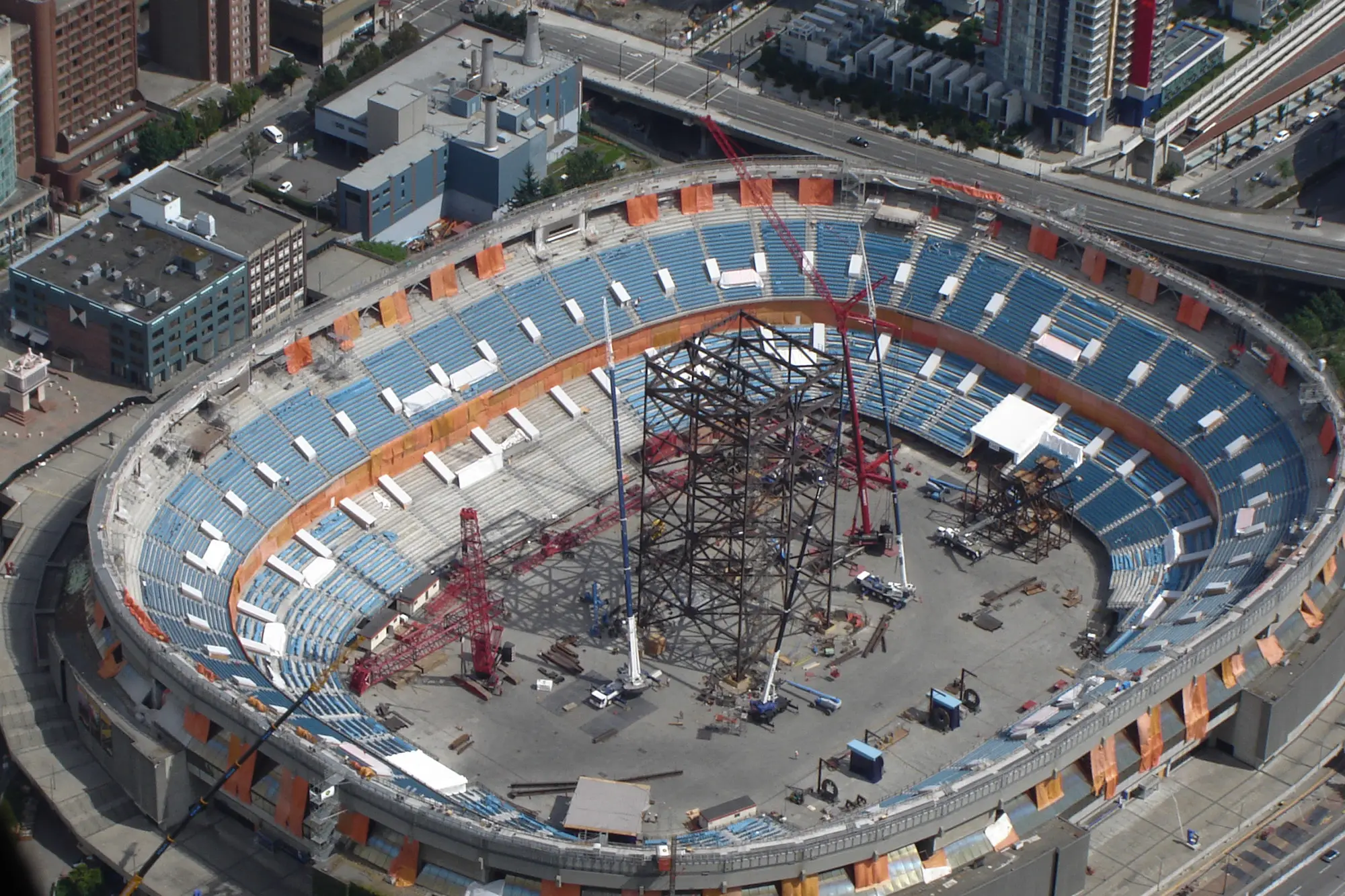Our History
BUILDING B.C. SINCE 1931
Since 1931, IUOE Local 115 has helped to build some of the most important dams and infrastructure in BC, serving all British Columbians in their day-to-day lives. Our slogan, “rise above”, refers to our 14,000+ members who work in high-altitude or high-risk environments, including mechanics, road builders, crane and heavy equipment operators, and dam builders. Operating Engineers also help to protect BC’s communities. We are the aerial firefighters who risk their lives fighting wildfires across the province.
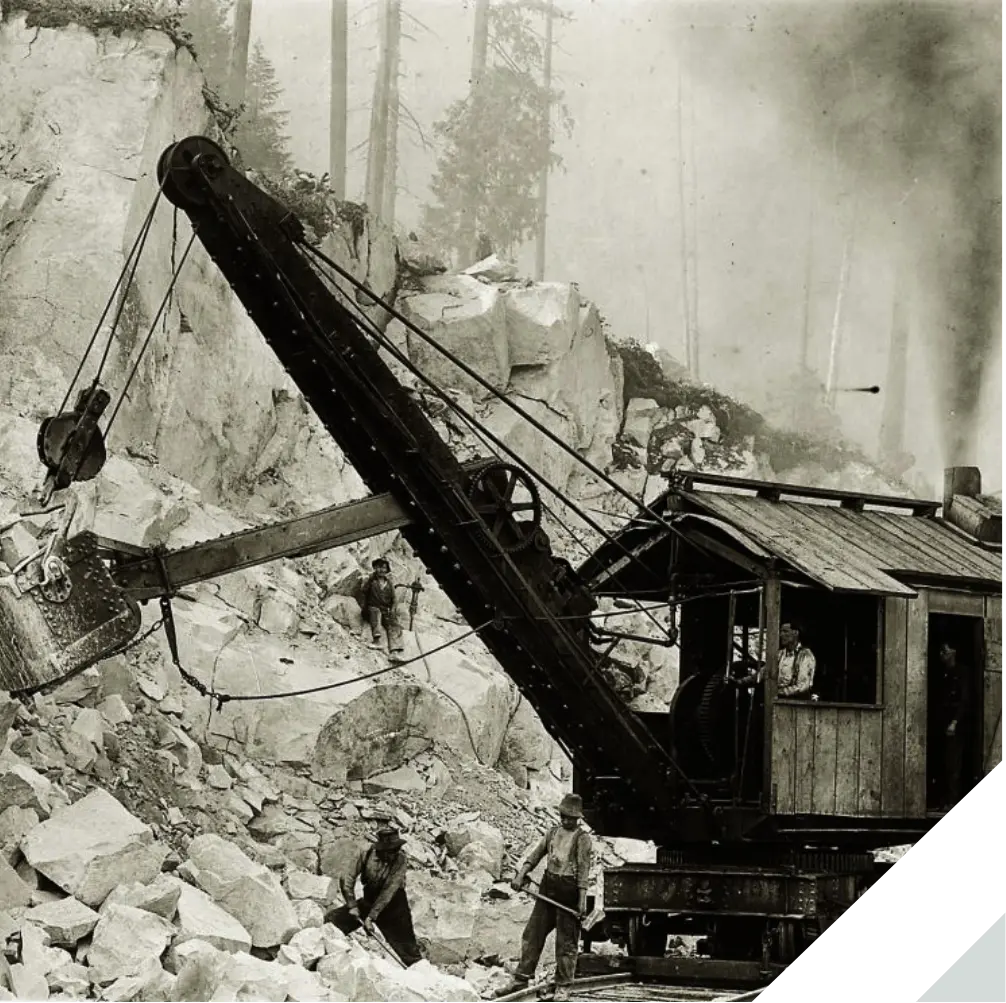
CLASSIC EXCAVATOR
STANDING UP
FOR WORKING PEOPLE
“Rise above” also describes Local 115’s approach to the protection, compensation, and empowerment of workers. In support of IUOE members and working people across BC, we have a long history of:
- Promoting fair wages and fair treatment
- Challenging unfair labour practice
- Advocating for better laws that govern employment standards, safety and training
These efforts make a difference.
Over many years, IUOE Local 115 and our sister building trades unions have helped to shape the laws that govern employment standards, safety, and training.
For example, in the mid-2000s the BC Liberal government came close to abolishing licensing and performance standards for crane operators. Cranes are complex machines, and an untrained crane operator can put other workers and the public at risk. Local 115 conducted a campaign that resulted in a new testing and licensing system. Find out the whole story; watch Crane Certification in BC.
In 2012, the number of temporary foreign workers coming into Canada was increasing rapidly. IUOE Local 115 and the Labourers’ International took legal action to challenge HD Mining’s plan to bring 200 Chinese miners into Canada. To find out how this campaign helped to bring about an overhaul of the Temporary Foreign Workers Program, watch HD Mining: IUOE Local 115 in Court.
More information on the history of IUOE Local 115 can be found in the book, Firing Iron.
PROJECTS
FROM ROADS
TO DAMS
IUOE Local 115 members have built the infrastructure British Columbians use every day of their lives. The following are just a few of the major projects built by IUOE Local 115 members.
Sign up
For IUOE Local 115 updates
